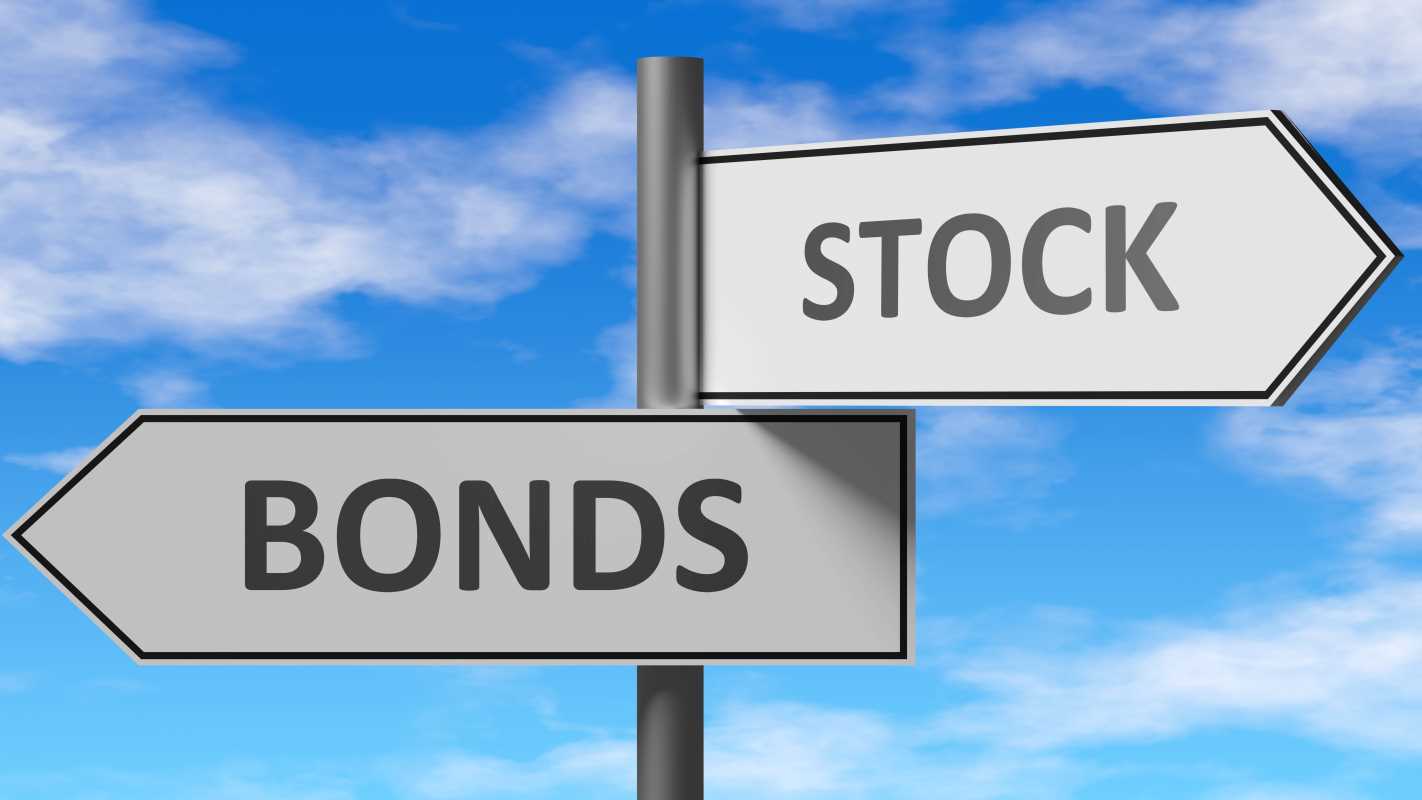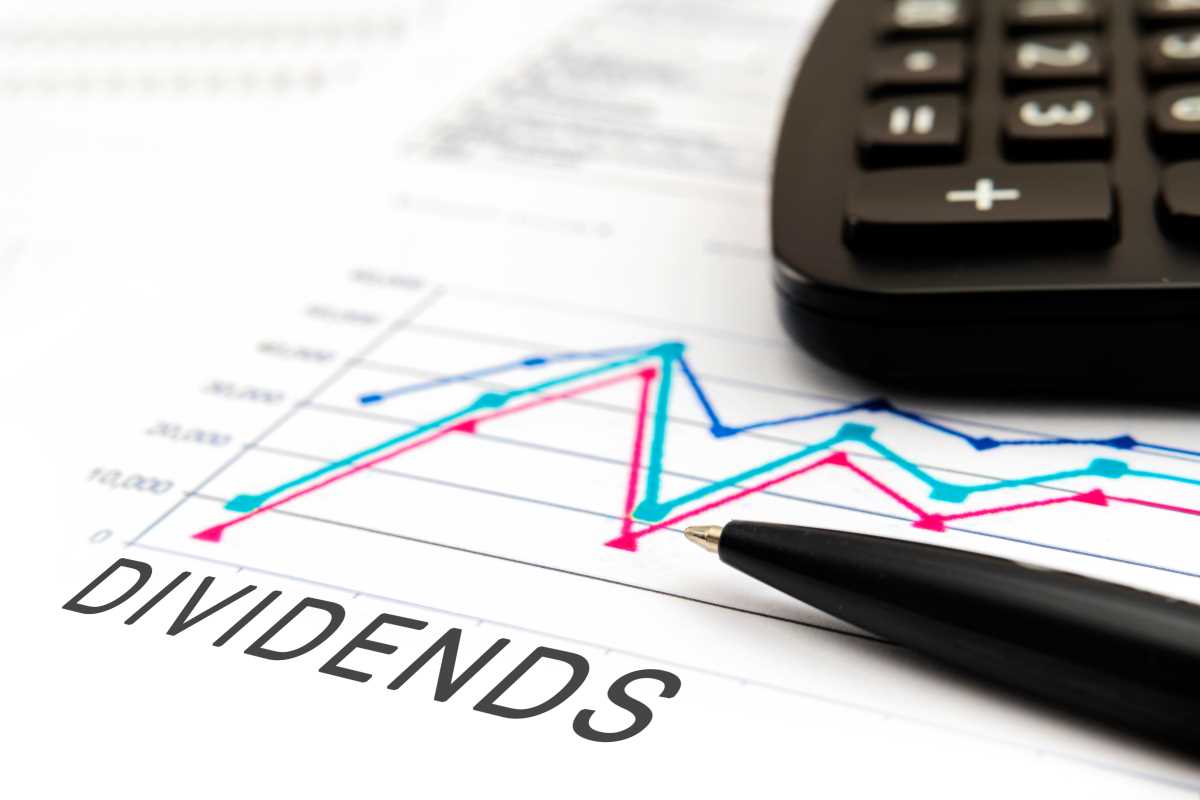Deciding what to do with your extra money can feel like standing at a crossroads. Down one path, you see a safe, quiet harbor where your money is protected and earns a little interest. This is the world of high-yield savings. Down the other path, there’s a bustling, exciting city full of towering skyscrapers and thrilling rollercoasters, representing the potential growth of the stock market. Choosing between the safety of savings and the growth of investing is a classic financial dilemma. One offers peace of mind, while the other offers the potential for much greater rewards. Understanding the pros and cons of each path is the first step toward building a smart financial strategy that’s right for you.
The Safe Harbor: High-Yield Savings Accounts
A high-yield savings account is just like a regular savings account, but with a supercharger. These accounts, typically offered by online banks, pay a much higher interest rate on your cash than traditional brick-and-mortar banks. The way they work is simple: you deposit your money, and the bank pays you interest. This interest is your return, and it's guaranteed. The best part is that your money is incredibly safe. In the United States, these accounts are typically insured by the FDIC up to $250,000, meaning your principal is protected even if the bank fails. This combination of safety, guaranteed returns, and easy access, also known as liquidity, makes these accounts perfect for certain financial goals.
The Benefits of Safety and Liquidity
The biggest advantage of a high-yield savings account is the peace of mind it provides. You never have to worry about the value of your account going down. This makes it the ideal place for your emergency fund, which is cash set aside for unexpected expenses like a car repair or medical bill. It's also perfect for short-term savings goals, like saving for a down payment on a house or a vacation you plan to take in the next year or two. The money will be there when you need it, and it will have earned a bit of interest while you waited, without any risk of market volatility.
The Growth Engine: Investing for Market Growth
Investing for market growth means putting your money into assets like stocks, bonds, and mutual funds with the expectation that their value will increase over time. When you buy a stock, you are buying a small piece of ownership in a company. If that company does well, its value can grow, and so can the value of your investment. Because the potential for company growth is theoretically unlimited, the stock market offers the potential for much higher returns than a savings account over the long run. Historically, the market has provided returns that significantly outpace inflation, allowing your money to grow its purchasing power over time.
Higher Returns Come with Higher Risk
The trade-off for the market's high growth potential is risk. The value of your investments can, and will, go up and down. Unlike a savings account, there are no guarantees. It's possible to lose money, especially in the short term. The same forces that drive market prices up, like economic news and investor sentiment, can also drive them down. This is the volatility you hear about on the news. This risk is precisely why investing is considered a long-term game. The longer you stay invested, the more time your portfolio has to recover from downturns and benefit from the market's long-term upward trend.
How to Decide: Goals, Time, and Risk Tolerance
The choice between saving and investing isn't an "either/or" decision; it's a matter of choosing the right tool for the right job. Your decision should be based on three things: your financial goal, your time horizon, and your personal risk tolerance. For short-term goals (anything less than three to five years away), the safety of a high-yield savings account is almost always the right choice. For long-term goals, like retirement, you need the growth potential of the market to outpace inflation and build real wealth. Your risk tolerance, or how comfortable you are with watching your account balance fluctuate, will help you determine the right mix of investments.
The Power of Balance: Using Both Savings and Investing
The smartest financial plan doesn't choose one path; it uses both. You can create a balanced strategy where your short-term needs and emergency fund are safely tucked away in a high-yield savings account, completely insulated from market risk. At the same time, your long-term money is put to work in a diversified investment portfolio, positioned for growth. This approach gives you the best of both worlds: the stability and peace of mind you need for today, and the growth potential you need to build the future you want.
A Simple Plan to Allocate Your Money
Creating a plan is straightforward. First, calculate how much you need for your emergency fund (typically three to six months of living expenses) and for any other short-term goals. Funnel all your savings toward filling these buckets in a high-yield savings account. Once those are full, you can start directing any additional savings into a long-term investment account. You can set up automatic transfers to a low-cost, diversified index fund or ETF. This "save first, invest second" strategy ensures you have a solid foundation of safety before you take on the risks of the market, creating a resilient and effective plan for building wealth.
 (Image via
(Image via





